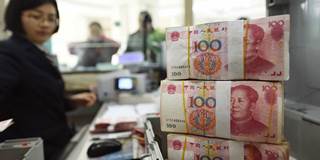
What US Interest-Rate Cuts Mean for China
For China, the US Federal Reserve’s interest-rate cuts create an opportunity to address deflation and revive domestic market confidence, thereby buying more time for structural reform. Fortunately, this is not lost on China’s leaders, who have introduced an ambitious economic stimulus package.
HONG KONG – Last month, the US Federal Reserve initiated its first monetary-easing cycle in more than four years. With a 50-basis-point cut, the Fed brought the federal funds rate down from its 20-year high of 5.3% to a range of 4.75-5%. This is good news for China, which now has much more room to maneuver in its quest to reflate its economy.